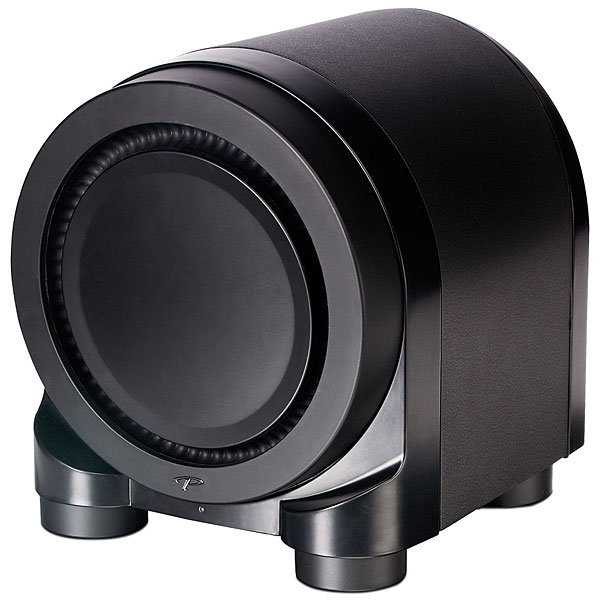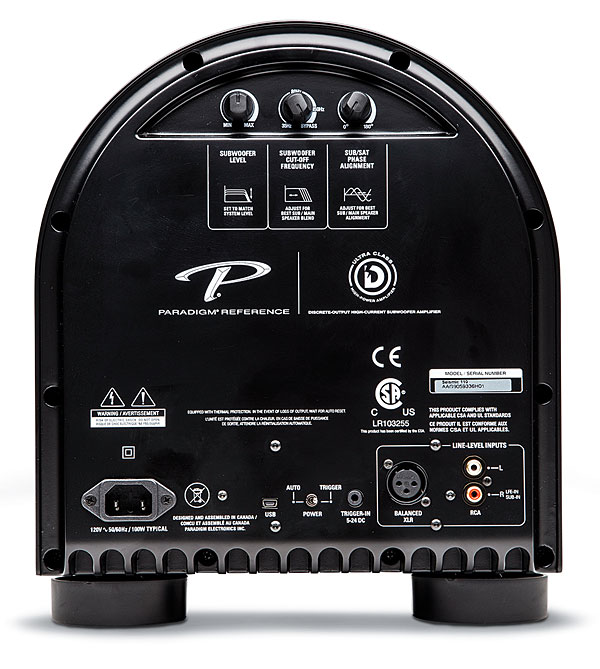Hi Mark, I’ve been waiting for Sound and Vision to post a review of the Prestige series for a while and was hoping you’d be the person to do it seeing as your reference’s have been Studio 20’s for a long time.
Seems like the Prestige outperform the Studio’s in most if not all sonic areas, but I’m also curious how the Prestige compare to the Dynaudio Excite X14’s and center you reviewed a while ago. You mentioned in that review that the only time you missed your Studio’s was during some orchestral music. Would the Dynaudio Excites be in the same league as the Prestige’s in terms of detail resolution, transparency/neutrality, imaging, and soundstage width/depth?
Thanks for any info you can give Mark, and thanks for another excellent review.




































































